Programma 40 tubo in acciaio nero
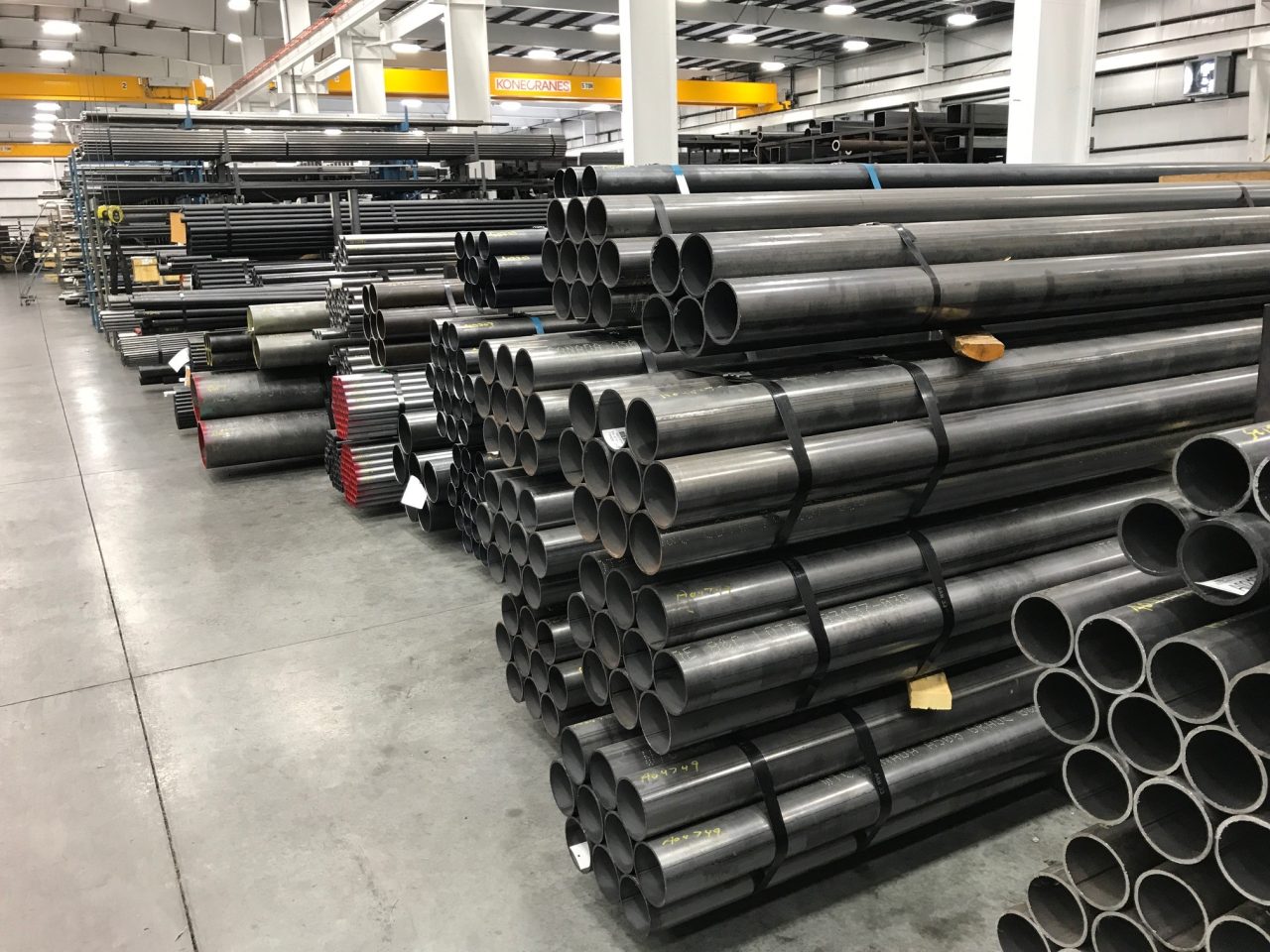
Programma 40 black steel pipe is a type of carbon steel pipe used in a variety of applications. IL “programma” number in pipe specifications refers to the thickness of the pipe wall, with higher numbers indicating a thicker wall. Here’s an overview of the characteristics and uses of Schedule 40 tubo in acciaio nero:
Caratteristiche:
- Spessore del muro: For Schedule 40, the wall thickness varies based on the diameter of the pipe. The wall thickness is more than sufficient for most high-pressure applications.
- Materiale: The pipe is made from carbon steel, which provides good strength and can be welded or fabricated with the right techniques and equipment.
- Finish: IL “nero” in black steel refers to the protective coating on the steel to prevent rust. This is achieved through a black oxide scale that forms on the surface of the steel during the hot fabrication process.
- Durabilità: Programma 40 black steel pipes are durable and designed to withstand high pressures and temperatures.
- Diametro: The nominal pipe size can range from very small to several feet in diameter. Tuttavia, for most practical uses, common diameters are from 1/8 pollice a 24 pollici.
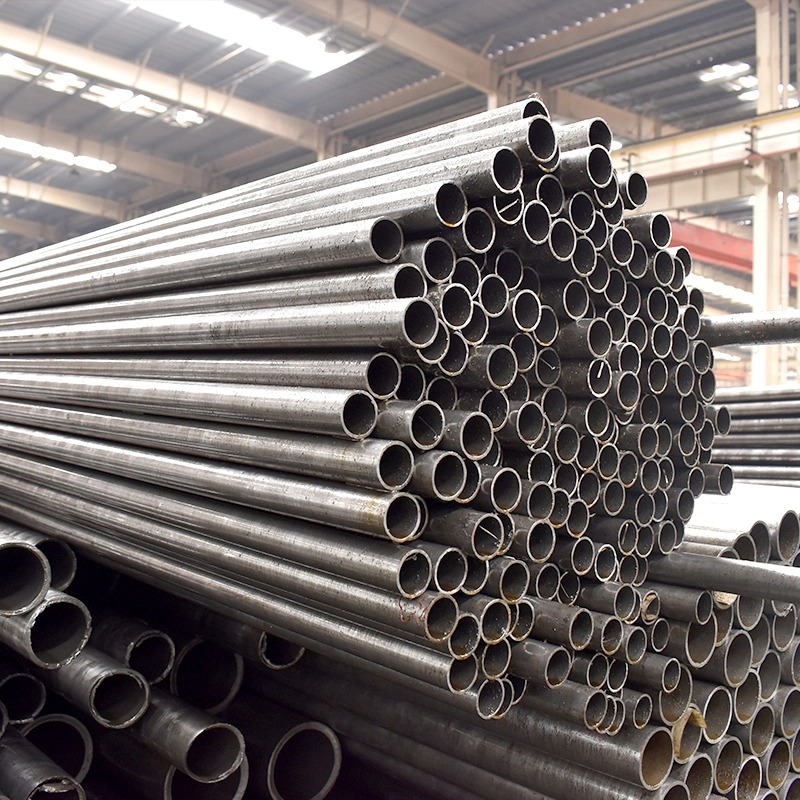
Usi:
- Impianto idraulico: Widely used for transporting water, gas, aria, and steam, as the schedule 40 thickness provides a good balance of strength and weight.
- Applicazioni strutturali: Because of its strength, it can be used in structural applications such as handrails, impalcature, and support columns.
- Industriale: Used in process industries for conveying fluids under high pressure and temperature.
- Fire Protection Systems: Often used for piping fire sprinkler systems due to its durability and resistance to heat.
- Industria del petrolio e del gas: Programma 40 pipes are used for some oil and gas applications due to their ability to withstand alte pressioni.
| Business Type | Produzione & Sales | |||
| Product Description | Caron & Low Alloy Seamless Steel Pipe | |||
| Advantaged Product Specification | ||||
| English | Chinese | |||
| Diametro esterno (Pollice) |
Parete spessore (Pollice) |
Al di fuori Diametro (mm) |
Parete spessore (mm) |
|
| From 1/2 A 5 | From SCH40 to XXS | From 25 A 356 | From4 to 80 | |
| Lunghezza | From 2m to 12.5m in accordance with customers’ requisiti | |||
| Materiale & Standard Descrizione |
Chinese | American | German | |
| 10# | ASTM A53-A | St37 DIN1626 | ||
| ASTM A106-A | St37-2 DIN17175 | |||
| ASTM A179-C | St35.8 DIN17175 | |||
| ASTM A192 | St35.8 DIN17175 | |||
| 20# | ASTM A53-B | St42-2 DIN1626 | ||
| ASTM A106-B | St45-8 DIN17175 | |||
| ASTM A178-C | St45-4 DIN1629 | |||
| 45# | ASTM A1045 | CK45 | ||
| 16Mn | ASTM A210-C | St52 DIN1629 | ||
| 37Mn5 | J55 | |||
| 27Simn | ||||
| CrMo | ASTM 4135,4150 | CrMo4 DIN17212 | ||
| 40Cr | ASTM 5140 | 41Cr4 | ||
Installation Considerations:
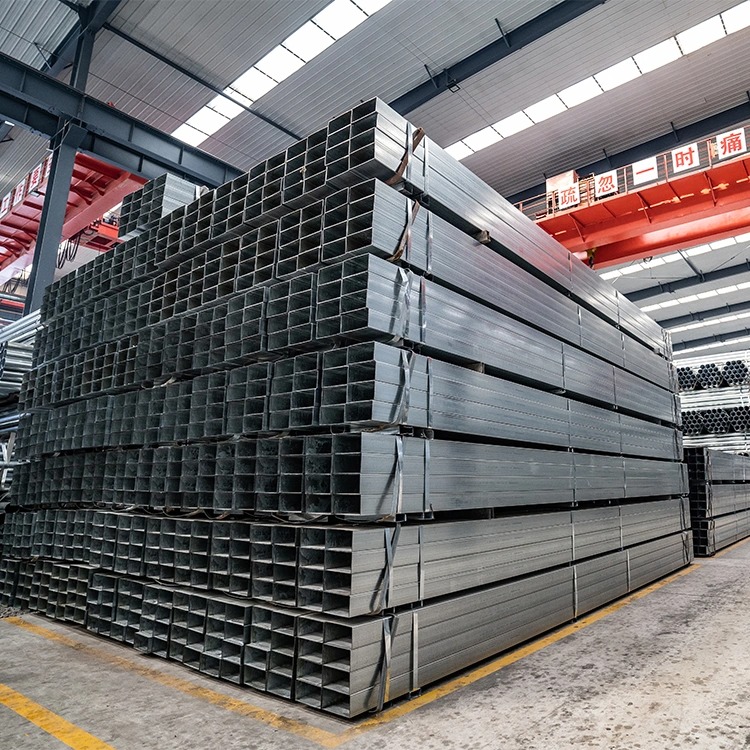
- Saldatura: Black steel pipe is generally joined by welding. It requires proper technique and precautions to ensure a strong and safe connection.
- Filettatura: These pipes can also be connected using threaded connections, where the pipes are threaded on the ends and joined with fittings.
- Protezione dalla corrosione: Although the black oxide helps prevent rust, it is not a substitute for proper corrosion protection in corrosive environments. Additional coatings or paint may be applied depending on the usage conditions.
- Code Compliance: Always ensure that any use of Schedule 40 black steel pipe complies with local building codes and standards for the application in question.
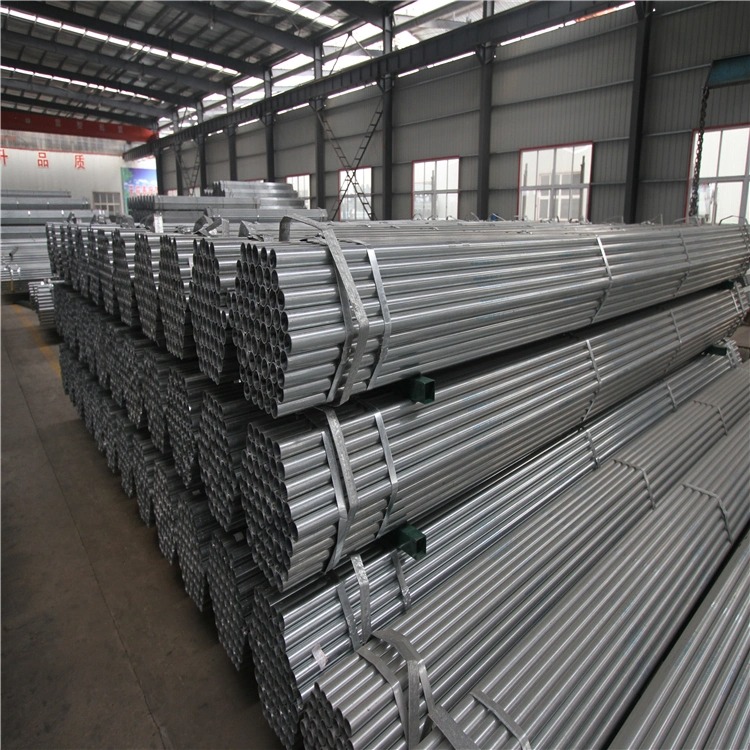
When purchasing or specifying Schedule 40 tubo in acciaio nero, it’s important to verify the exact specifications, such as the diameter, spessore del muro, lunghezza, and any additional treatments needed for the intended application. Suppliers typically provide pipes in pre-cut lengths or custom cut to specifications.
Come produttore professionale di prodotti in acciaio, ci concentriamo sulla produzione di tubi saldati ad alta frequenza, tubi in acciaio zincato e prodotti per ponteggi. Anche altri prodotti in acciaio possono essere forniti dalla nostra società commerciale come la saldatura ad arco sommerso longitudinalmente e il tubo per saldatura ad arco sommerso a spirale,Tubo di linea API
i componenti prezincati vengono solitamente immersi nel bagno zincante solo per un tempo molto breve, risultando in un rivestimento relativamente sottile. Il rivestimento di zinco più spesso prodotto dalla zincatura a caldo offre una migliore protezione dalla ruggine e dalla corrosione rispetto alla pre-zincatura.
I tubi zincati hanno una vasta gamma di usi. Oltre al petrolio e ad altri oleodotti a bassa pressione, viene utilizzato anche come tubi per pozzi petroliferi nell'industria petrolifera, soprattutto nei giacimenti petroliferi offshore, riscaldatori ad olio in apparecchiature per la cokeria chimica, distillazione del carbone, e tubi del convertitore per il lavaggio dell'olio, ponti, eccetera. Mucchio di tubi, telaio di supporto del tunnel minerario con tubo, eccetera. I paesi sviluppati del mondo hanno iniziato a sviluppare nuovi tubi e hanno vietato continuamente i tubi zincati.
Il tubo in acciaio al carbonio e il tubo in acciaio nero sono spesso usati in modo intercambiabile, ma ci sono alcune differenze fondamentali tra i due. Composizione: Il tubo in acciaio al carbonio è costituito da carbonio come principale elemento legante, insieme ad altri elementi come il manganese, silicio, e talvolta rame. Questa composizione conferisce al tubo in acciaio al carbonio resistenza e durata. D'altra parte, Il tubo in acciaio nero è un tipo di tubo in acciaio al carbonio che non ha subito alcun trattamento o rivestimento superficiale aggiuntivo. Finitura superficiale: La differenza più evidente tra il tubo in acciaio al carbonio e il tubo in acciaio nero è la finitura superficiale. Il tubo in acciaio al carbonio ha un colore scuro, rivestimento di ossido di ferro chiamato scaglia di laminazione, che si forma durante il processo di lavorazione. Questa scala di laminazione conferisce al tubo in acciaio al carbonio il suo aspetto nero. Al contrario, il tubo d'acciaio nero ha una pianura, superficie non rivestita. Resistenza alla corrosione: Il tubo in acciaio al carbonio è suscettibile alla corrosione a causa del suo contenuto di ferro. Tuttavia, il rivestimento in scaglie di laminazione sui tubi in acciaio al carbonio fornisce un certo livello di protezione contro la corrosione, soprattutto in ambienti interni o asciutti. D'altra parte, il tubo di acciaio nero è più incline alla corrosione poiché privo di rivestimento protettivo. Perciò, il tubo in acciaio nero non è consigliato per l'uso in aree esposte a umidità o elementi corrosivi.
Il tubo in acciaio nero e il tubo in acciaio zincato hanno proprietà e punti di forza diversi, quindi è importante comprenderne le caratteristiche prima di confrontarne la forza. Tubo in acciaio nero, noto anche come tubo semplice in acciaio al carbonio, è realizzato in acciaio non trattato senza rivestimento protettivo. Viene generalmente utilizzato in applicazioni in cui la resistenza alla corrosione non è una delle principali preoccupazioni. Il tubo in acciaio nero è noto per la sua resistenza e durata, rendendolo adatto a varie applicazioni industriali come quelle idrauliche, costruzione, e supporto strutturale. D'altra parte, il tubo in acciaio zincato è rivestito con uno strato di zinco per fornire protezione contro la corrosione. Il rivestimento di zinco funge da barriera tra il tubo d'acciaio e l'ambiente circostante, prevenendo ruggine e corrosione. Il tubo in acciaio zincato è comunemente utilizzato in applicazioni esterne o ambienti con elevati livelli di umidità, come sistemi di approvvigionamento idrico e strutture esterne.
Programma 80 piping exhibits clear structural superiority versus Schedule 40 through its 25-30% thicker walls, translating to higher strength, stiffness, load tolerance, deflection resistance and durability in demanding applications. Its robustness and performance make it the standard choice for structural pipe supports.

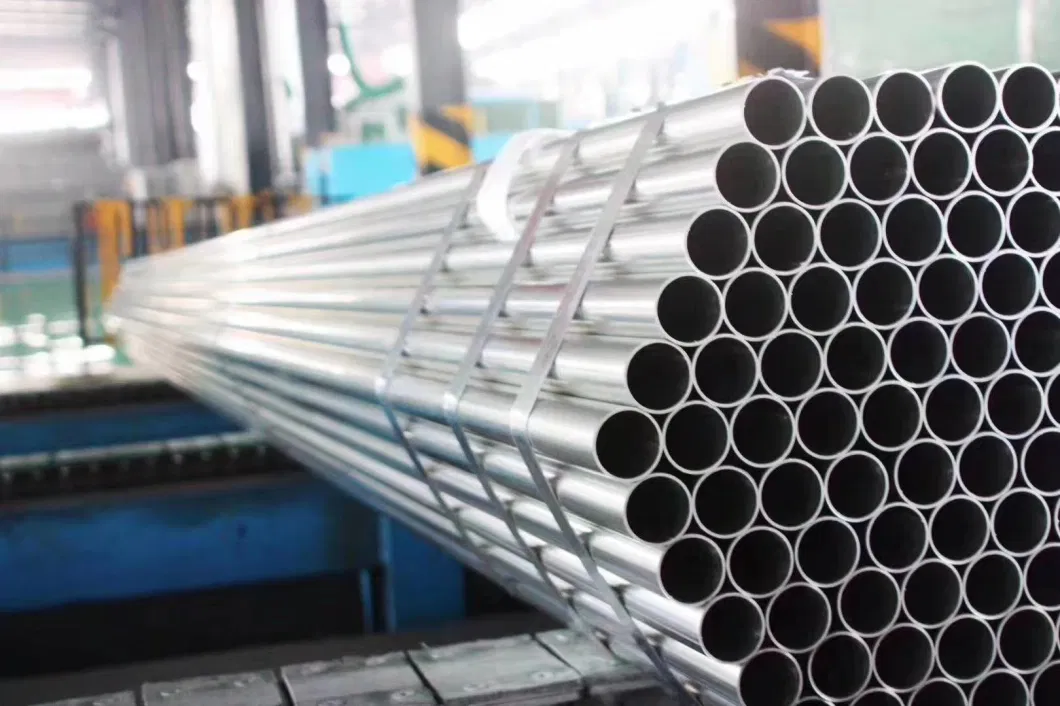
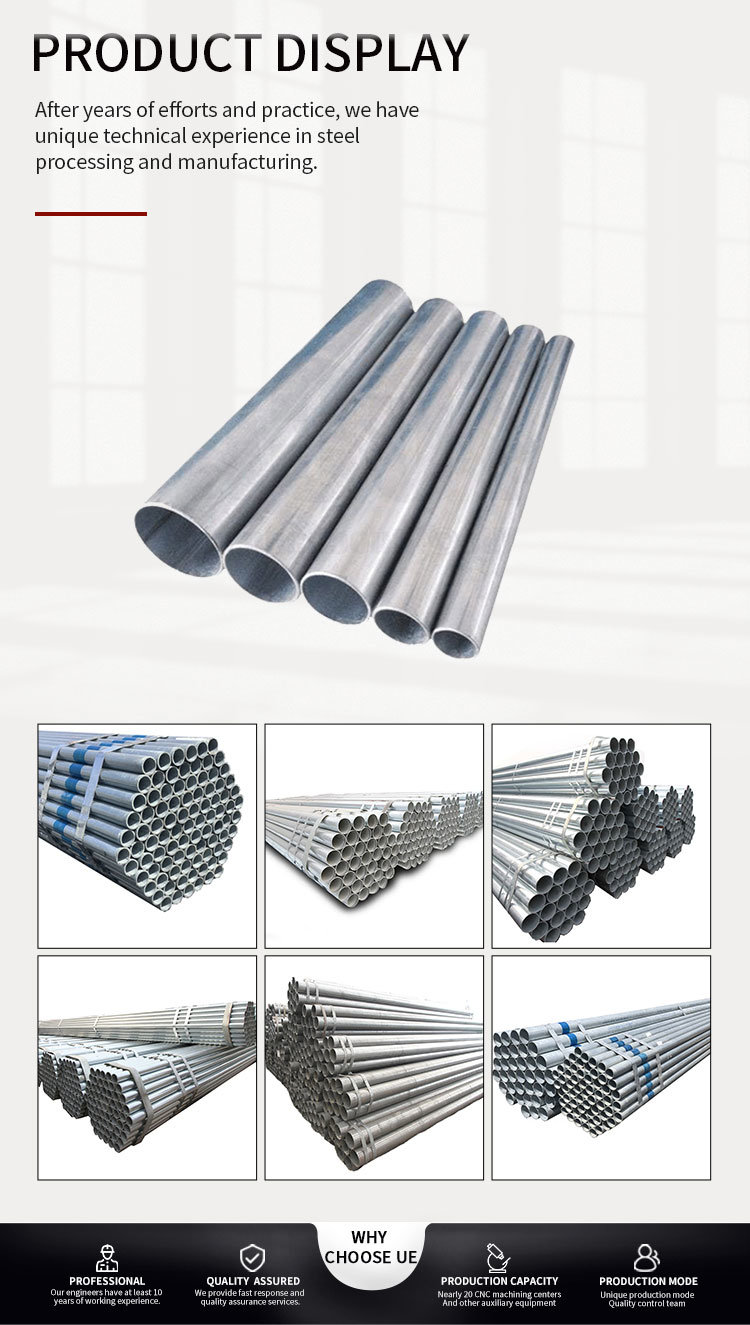
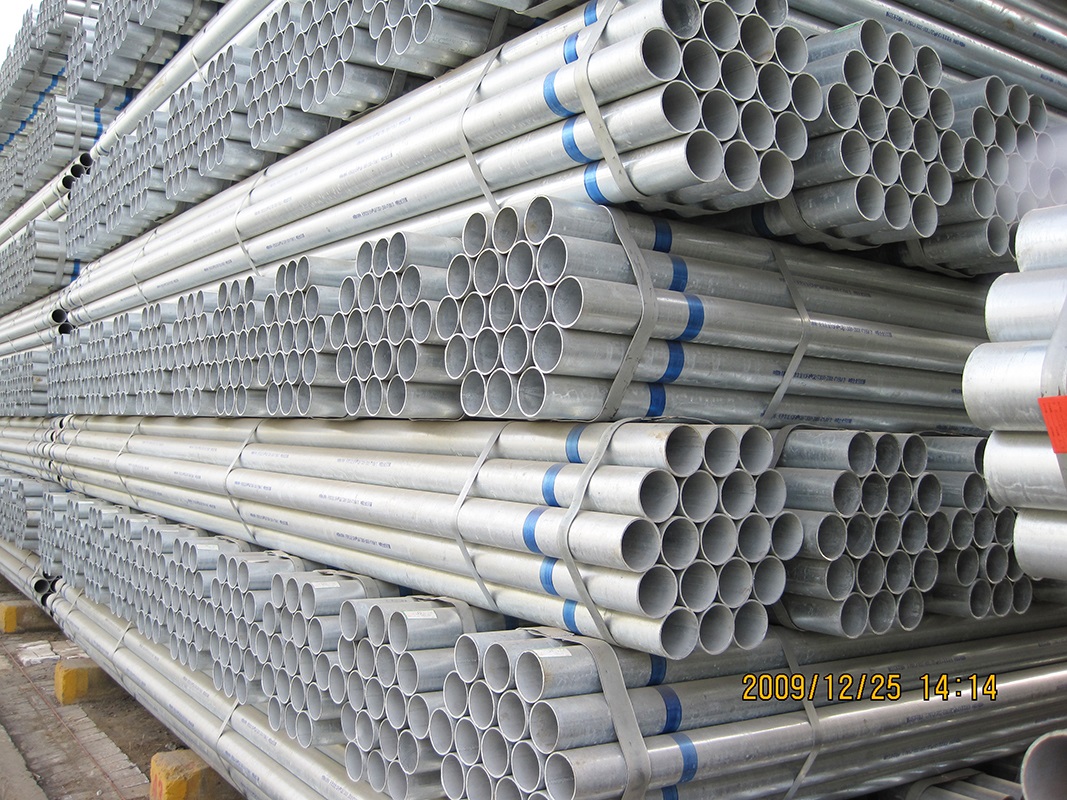
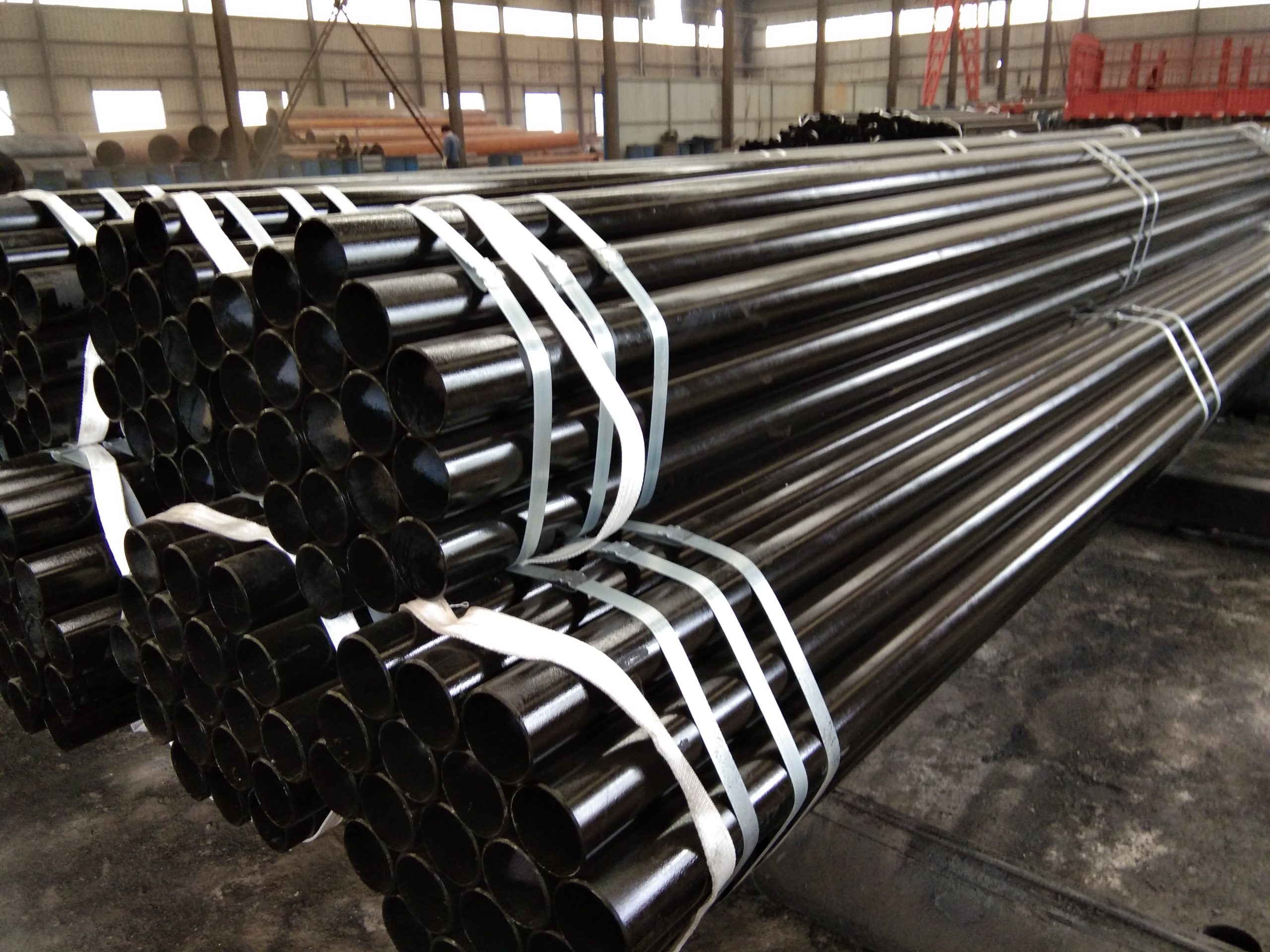


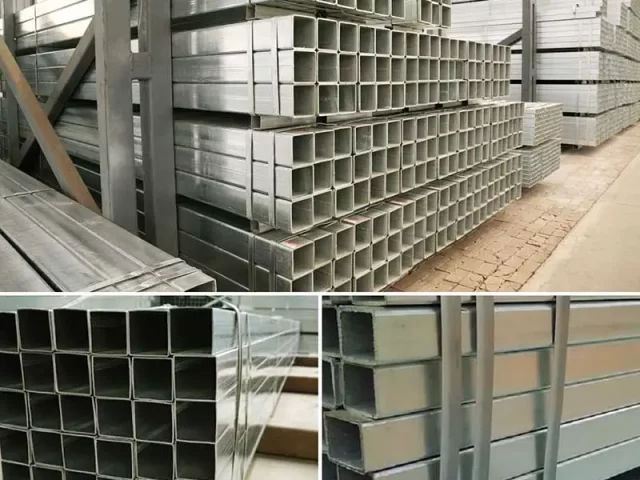
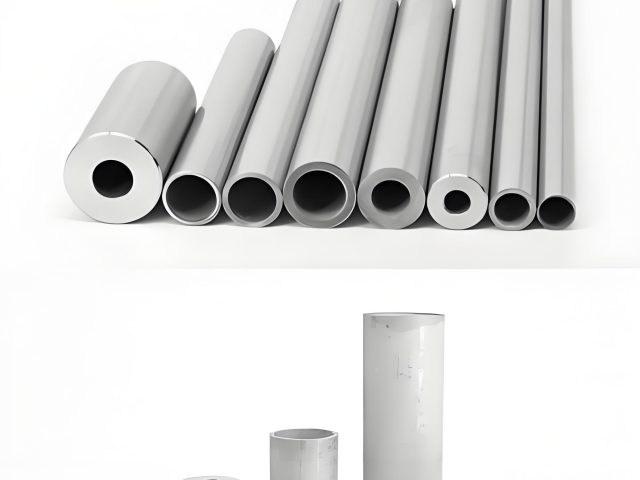
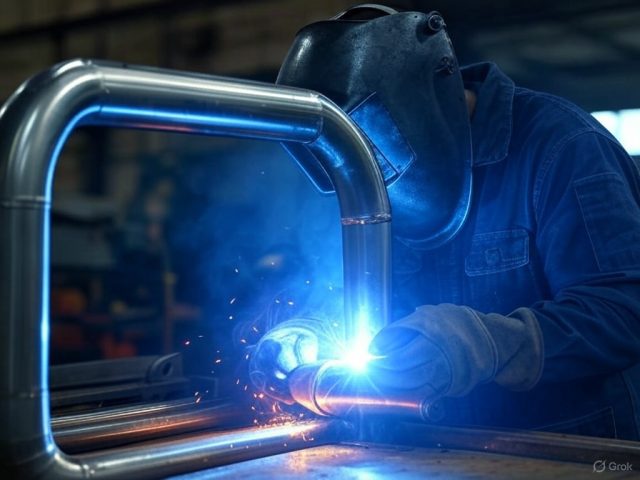
6 Commenti
amciik
2023年12月21日 A 9:00:43
What is Schedule 40 black steel pipe used for?
Ronsun2023
2023年12月22日 A PM8:52
Programma 40 steel pipe makes sturdy and attractive curtain rods, shelves, coat hooks, floor lamps, and magazine racks. Of course, programma 40 pipe’s primary application is transporting high-temperature, high-pressure liquids for commercial and residential properties in the oil and gas industry
food
2023年12月22日 A am8:06
What is the difference between SCH 40 and SCH 40S?
Ronsun2023
2023年12月22日 A PM8:55
Perciò, the difference between SCH 40 and SCH 40S is the wall thickness, with SCH 40 being thicker and suitable for standard steel pipe applications, while SCH 40S is thinner and specifically designed for stainless steel pipes.
Buy Ivermectin
2024年3月17日 A 18:00:10
What is Schedule 40 tubo in acciaio nero?
Ronsun2023
202424 marzo A 12:00:57
The main purpose of sch 40 black steel pipes is to transport propane or natural gas to residential and commercial buildings. The pipeline has no seams, making it a better pipeline for carrying gas. Black steel pipes are also used for fire sprinkler systems.